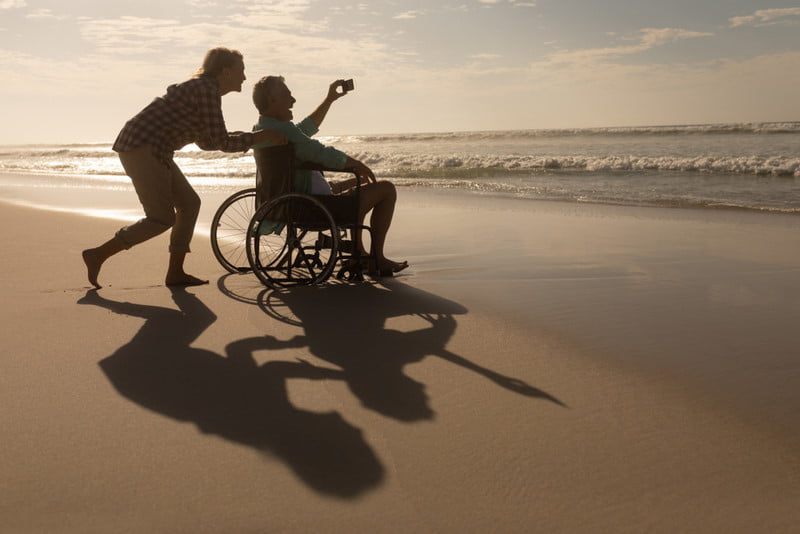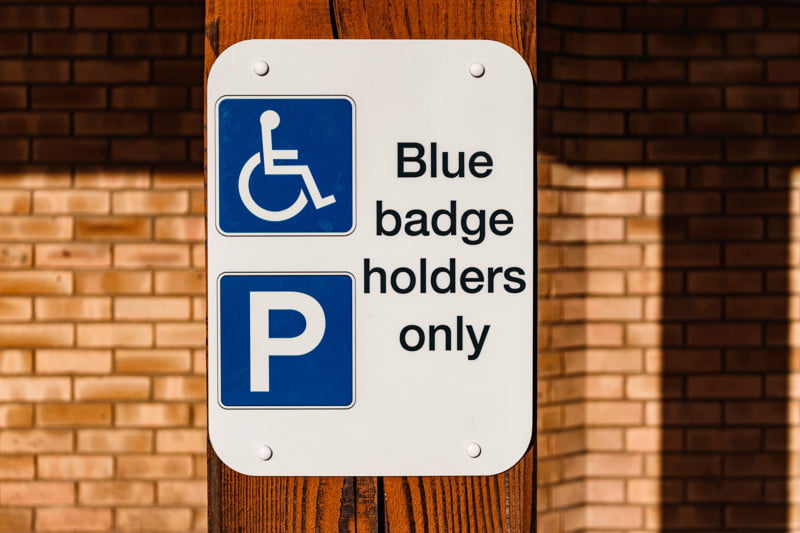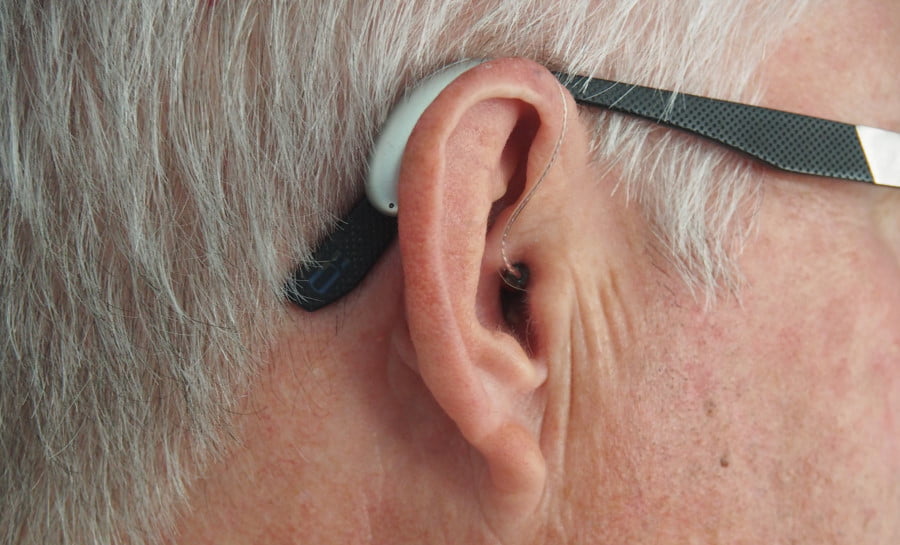Traveling can be an enriching and enjoyable experience, but for individuals with mobility challenges, it can also present unique obstacles. However, with proper planning, research, and a few helpful tips, you can navigate the world of accessible travel with ease. In this article, we’ll explore practical advice and resources to help those with mobility challenges experience the joy of travel without unnecessary stress or discomfort.
- Research your destination
Before embarking on your journey, it’s essential to research your destination to ensure it’s suitable for your mobility needs. Consider factors such as accessible transportation options, the terrain of the area, and the availability of accommodations catering to travelers with mobility challenges.
How to practice: Utilize resources such as online travel forums, guidebooks, and travel blogs to gather information about your destination. Reach out to local tourism offices, hotels, and attractions to inquire about accessibility features and services available.
- Book accessible accommodations
Finding accessible accommodations is crucial for a comfortable and enjoyable trip. Look for hotels or rentals with features such as wheelchair ramps, elevators, roll-in showers, and grab bars in bathrooms.
How to practice: When booking your accommodations, be sure to communicate your specific needs and requirements. Double-check with the hotel or rental property to confirm they have the necessary accessibility features in place. Websites such as Handiscover and Airbnb provide filters to search for accessible properties.
- Plan for accessible transportation
Accessible transportation is a critical component of any trip for individuals with mobility challenges. Research the transportation options available at your destination, including public transit, taxis, and rental vehicles.
How to practice: Reach out to local transportation providers and inquire about accessible services, such as wheelchair-accessible taxis or buses with ramps or lifts. If you plan to rent a vehicle, contact rental agencies in advance to secure an accessible car or van.
- Pack smart and be prepared
Packing the right items can make your trip more comfortable and hassle-free. Ensure you have all the necessary equipment, medications, and supplies to manage your mobility challenges while traveling.
How to practice: Create a packing list that includes essentials such as mobility aids, medications, and any specialized equipment you may require. Pack spare parts for your mobility aids, and consider bringing a portable charger for electric wheelchairs or scooters. Don’t forget to carry a small repair kit and any necessary documentation, such as prescriptions or medical information.
- Plan your itinerary with accessibility in mind
When planning your activities and sightseeing, be sure to consider accessibility. Research attractions and venues to determine if they are suitable for your mobility needs.
How to practice: Utilize resources such as accessibleGO, a travel platform that offers accessibility information on attractions, hotels, and restaurants. Contact attractions directly to inquire about accessibility features, and consider joining organized tours that cater to travelers with mobility challenges.
- Invest in travel insurance
Travel insurance is essential for all travelers but is especially crucial for those with mobility challenges. Unforeseen circumstances, such as medical emergencies or equipment damage, can be costly without proper coverage.
How to practice: Purchase a comprehensive travel insurance policy that covers medical expenses, trip cancellation, and equipment damage or loss. Be sure to read the policy carefully and disclose any pre-existing conditions to ensure you have adequate coverage.
- Seek assistance when needed
Don’t hesitate to ask for help during your travels. Many airports, train stations, and attractions offer assistance services for individuals with mobility challenges.

How to practice: Inform transportation providers and accommodations of your needs in advance. Request assistance at airports, train stations, or attractions when needed. Don’t be afraid to ask for help from fellow travelers or locals, as most people are happy to lend a hand.
- Stay flexible and patient
Travel can be unpredictable, and challenges may arise even with thorough planning. Maintaining a flexible and patient mindset can help you navigate any obstacles with grace and positivity.
How to practice: Be prepared to adapt your plans if necessary, and remember that patience is key when dealing with unexpected situations. Embrace the adventure and focus on the positive aspects of your trip, rather than dwelling on any setbacks.
- Connect with others who have similar mobility challenges
Connecting with fellow travelers who have similar mobility challenges can provide valuable insights, tips, and encouragement. Sharing experiences and advice can make your trip more enjoyable and informed.
How to practice: Join online forums, social media groups, or attend local meet-ups for individuals with mobility challenges who are interested in travel. Engage in conversations and ask questions to gather valuable tips and insights from others who have experienced accessible travel firsthand.
- Document your experiences
Documenting your travel experiences can be a valuable resource for others with mobility challenges and serve as a cherished memento of your adventures.
How to practice: Consider starting a travel blog, sharing your experiences on social media, or writing reviews on accessible travel platforms. Share the highlights and challenges of your journey to inspire and inform others who may be considering accessible travel.
Traveling with mobility challenges doesn’t have to be an insurmountable barrier. By planning ahead, researching your destination, and utilizing the wealth of resources available, you can experience the joy and enrichment of travel. Remember, the world is waiting to be explored, and with determination, flexibility, and a little help from others, you can make your travel dreams a reality.











